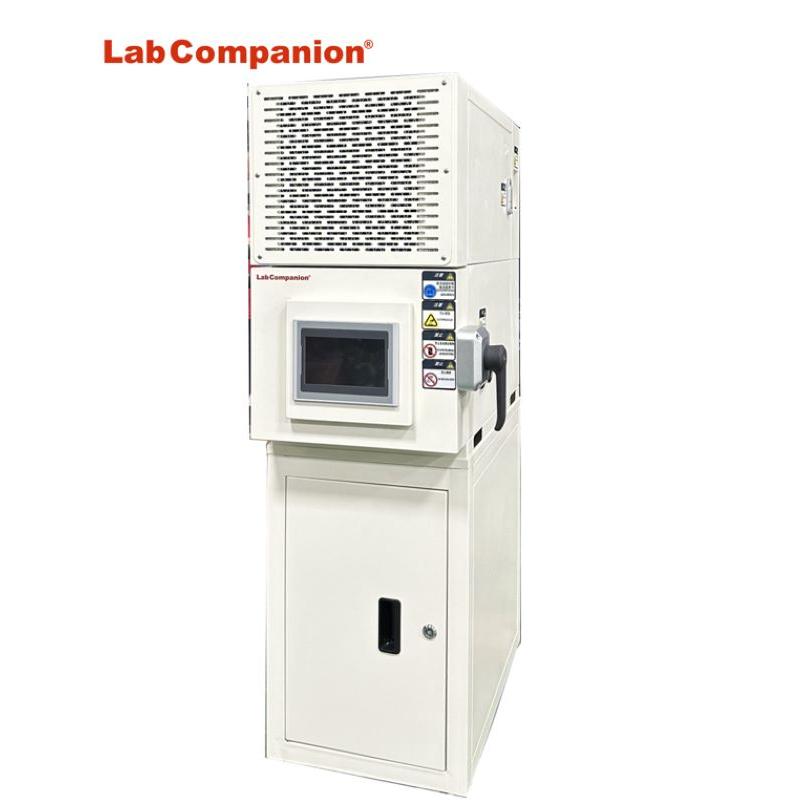What are the Types of PCB Environmental Tests?
/ /What are the Types of PCB Environmental Tests?
High acceleration test:
Accelerated tests include high accelerated life test (HALT) and High accelerated Stress screening (HASS). These tests assess the reliability of products in controlled environments, including high temperature, high humidity, and vibration/shock tests when the equipment is powered on. The goal is to simulate the conditions that could lead to the imminent failure of a new product. During testing, the product is monitored in a simulated environment. Environmental testing of electronic products usually involves testing in a small environmental chamber.
Humidity and corrosion:
Many PCBS will be deployed in wet environments, so a common test for PCB reliability is a water absorption test. In this type of test, the PCB is weighed before and after being placed in a humidity controlled environmental chamber. Any water adsorbent on the board will increase the weight of the board, and any significant change in weight will result in disqualification.
When performing these tests during operation, exposed conductors should not be corroded in a humid environment. Copper oxidizes easily when it reaches a certain potential, which is why exposed copper is often plated with an antioxidant alloy. Some examples include ENIG, ENIPIG, HASL, nickel gold, and nickel.
Thermal shock and circulation:
Heat testing is usually performed separately from humidity testing. These tests include repeatedly changing the board temperature and checking how thermal expansion/contraction affects reliability. In thermal shock testing, the circuit board uses a two-chamber system to quickly move between two temperature extremes. The low temperature is usually below the freezing point, and the high temperature is usually higher than the glass transition temperature of the substrate (above ~130 ° C). The thermal cycle is carried out using a single chamber, with the temperature changing from one extreme to the other at a rate of 10°C per minute.
In both tests, the board expands or contracts as the board temperature changes. During the expansion process, conductors and solder joints are subjected to high stress, which speeds up the service life of the product and enables the identification of mechanical failure points.
